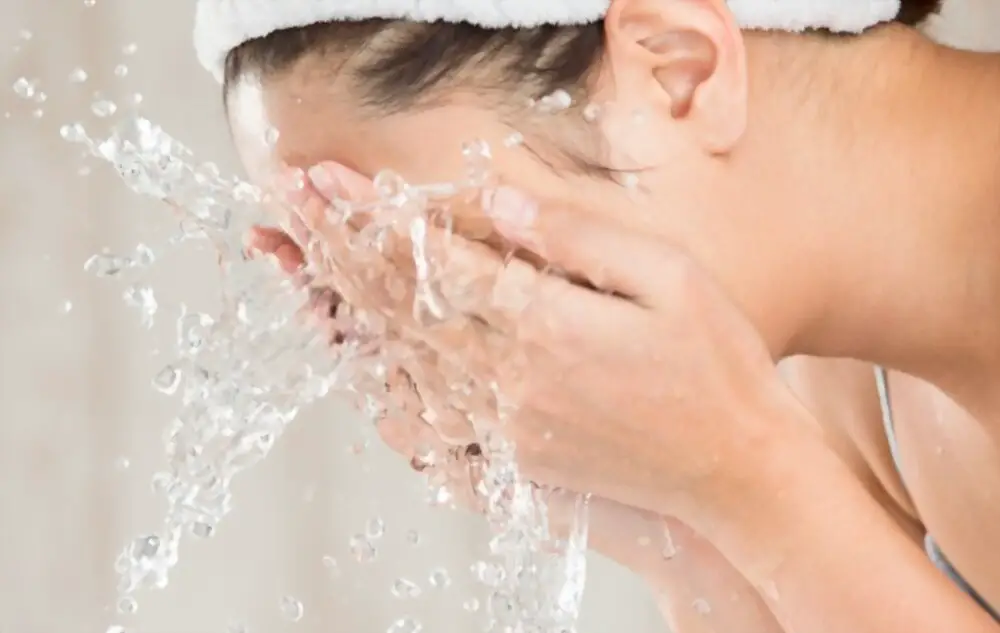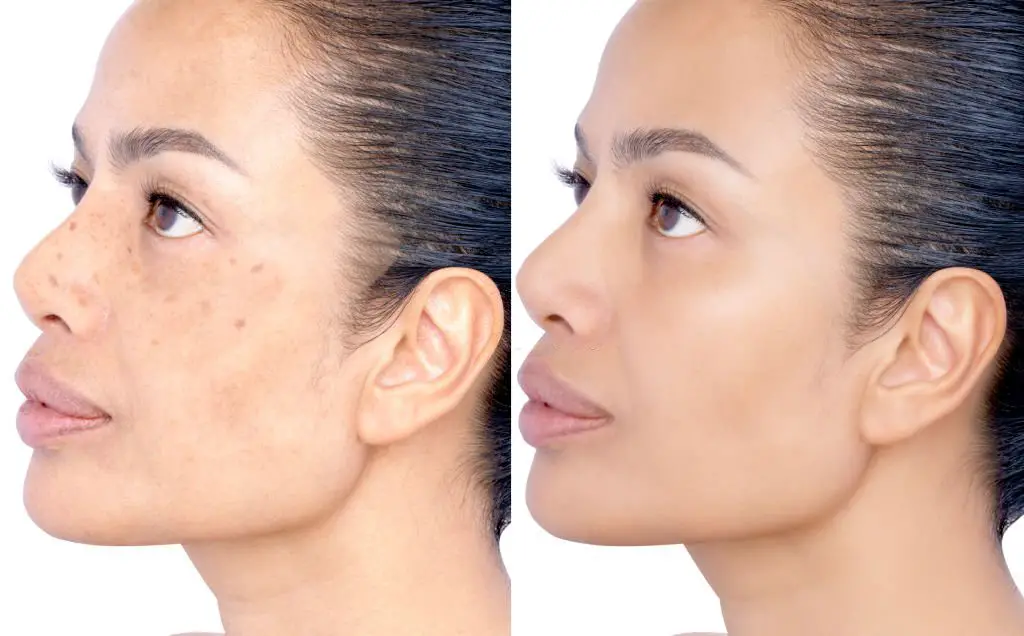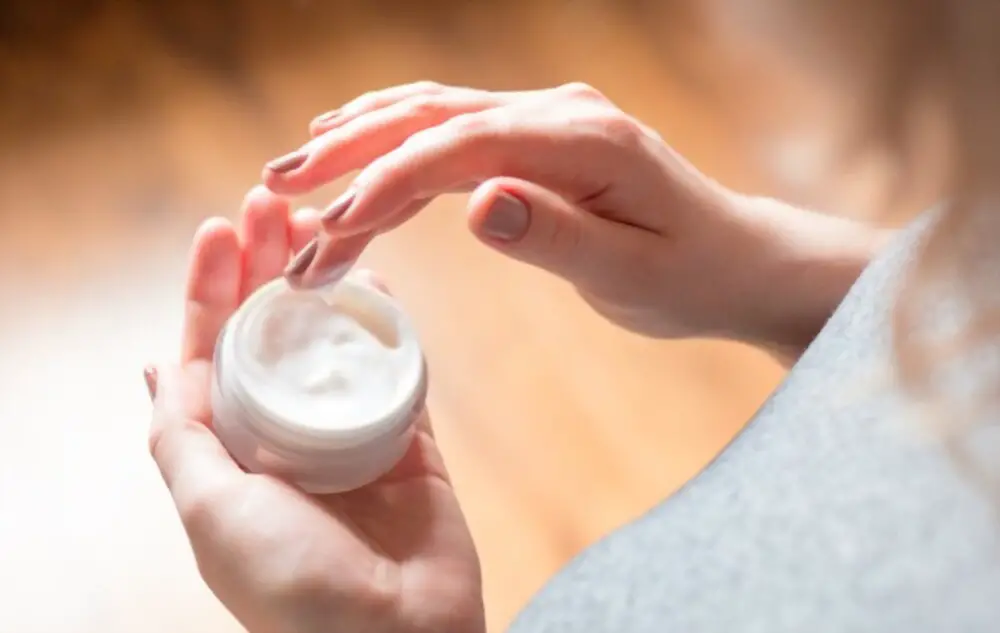Over hundreds of people have been searching for answers on how to repair damaged skin from bleaching, everyone wants to be fair and milk white as they say but sometimes it can do more harm than good.
Other factors include addressing pigmentation issues or to achieve an even skin tone, bleaching has become a popular choice for many.
However, with its popularity comes the risk of damaging the skin. When used excessively, bleaching products can cause a host of skin problems such as dryness, flakiness, and even burns.
If you’re reading this, chances are you’ve experienced skin damage from bleaching and are wondering how to fix it.
How to Repair Damaged Skin from Bleaching
Give Your Skin a Break
The first step in repairing damaged skin from bleaching is to give your skin a break. Stop using any bleaching products and allow your skin to heal. Bleaching products can cause the skin to become dry, flaky, and irritated, which can worsen if you continue to use them. By giving your skin a break, you’ll be able to reduce further damage and give it time to recover.
Hydrate Your Skin
One of the most important things you can do to repair damaged skin from bleaching is to hydrate your skin. Bleaching products can strip the skin of its natural oils, leaving it dry and flaky. By using a moisturizer, you’ll be able to restore the moisture to your skin, reducing dryness and promoting healing. When choosing a moisturizer, look for products that are specifically designed for sensitive or damaged skin. These products often contain ingredients like aloe vera, vitamin E, and shea butter, which can help soothe and repair the skin.

Use a Gentle Cleanser
When you have damaged skin from bleaching, it’s important to use a gentle cleanser that won’t further irritate the skin. Look for a cleanser that is fragrance-free and has a pH-balanced formula. Avoid using harsh exfoliants or scrubs, as these can further damage the skin. Instead, choose a gentle cleanser that will help to cleanse the skin without causing further damage. Cleansing your skin will help remove any impurities or excess oil, which can help promote healing.
Apply a Healing Balm
If you have burns or other types of skin damage from bleaching, applying a healing balm can help to soothe and repair the skin. Look for a balm that contains ingredients like calendula, comfrey, or chamomile. These ingredients have natural healing properties that can help to reduce inflammation and promote skin repair. When applying a healing balm, be sure to apply it to clean and dry skin.
Use Sunscreen

Sunscreen is an essential component of any skin care routine, but it’s especially important when you’re trying to repair damaged skin from bleaching. Bleaching products can make the skin more sensitive to the sun’s harmful UV rays. By using a broad-spectrum sunscreen with an SPF of 30 or higher, you can help to protect the skin from further damage. Apply sunscreen generously and regularly throughout the day, especially when you’re going outside.
Stay Hydrated
Staying hydrated is important for maintaining healthy skin, but it’s especially important when you’re trying to repair damaged skin from bleaching. When the skin is dehydrated, it can become dry, flaky, and irritated. By drinking plenty of water, you can help to keep the skin hydrated and healthy. Drinking water will also help to flush out toxins from the body, which can help promote skin healing. Aim to drink at least eight glasses of water a day to keep your skin healthy and hydrated.
Consider Professional Treatment
If your skin damage from bleaching is severe, it’s worth considering professional treatment. A dermatologist or skin care professional can help to assess the damage and recommend the best course of action. Treatments such as chemical peels, microdermabrasion, or laser therapy may be recommended to help repair the skin. While these treatments can be costly, they can be effective in treating severe skin damage and restoring the skin’s health.
See also: Aquaphor Healing ointment
What Happens When You Stop Using Bleaching Cream
When you stop using bleaching cream, your skin will begin to heal and recover from the damage caused by the product. Depending on the severity of the damage, it may take some time for your skin to fully recover, but with the right care, you can speed up the healing process.
One of the first things you’ll notice when you stop using bleaching cream is that your skin will begin to produce melanin again. This means that your skin will gradually return to its natural color over time. You may experience some unevenness or patchiness in your skin tone as your skin adjusts, but this should even out over time.

Another thing that will happen when you stop using bleaching cream is that your skin will become less sensitive and more resilient. Bleaching cream can cause your skin to become thin and fragile, which can lead to increased sensitivity and a higher risk of damage from sun exposure or other environmental factors. By stopping the use of bleaching cream and taking steps to promote skin healing, you can help your skin to become stronger and more resilient.
How to Reverse Skin Bleaching Naturally
If you have bleached your skin and would like to reverse the process naturally, there are several steps you can take to promote skin healing and encourage your natural skin tone to return.
Exfoliate regularly!
Exfoliating your skin can help to remove the outer layers of dead skin cells and promote new skin cell growth. This can help to even out your skin tone and promote a more natural appearance. You can exfoliate your skin using a gentle scrub or by using a natural exfoliating agent such as sugar or oatmeal.
Moisturize regularly
Bleaching can dry out your skin and make it more prone to damage. To help reverse this, it is important to moisturize your skin regularly. Choose a moisturizer that is free from harsh chemicals and contains natural ingredients such as aloe vera, coconut oil, or shea butter. Apply the moisturizer twice a day, in the morning and at night.

Use natural skin lighteners
If you would like to gradually lighten your skin naturally, there are several natural skin lighteners you can use. Lemon juice, for example, contains citric acid which can help to lighten the skin. Apply lemon juice to your skin using a cotton ball and leave it on for 10-15 minutes before rinsing off with water. Other natural skin lighteners include honey, turmeric, and papaya.
Protect your skin from the sun
Sun exposure can cause further damage to bleached skin and make it harder to reverse the bleaching process. To protect your skin from the sun, wear protective clothing such as long-sleeved shirts and hats, and use a natural sunscreen with an SPF of 30 or higher.
Eat a healthy diet
A healthy diet can promote skin health and help to reverse the effects of skin bleaching. Focus on eating a diet rich in fruits, vegetables, whole grains, and lean proteins. These foods are high in vitamins and minerals that are essential for skin health, including vitamin C, vitamin E, and zinc.

Stay hydrated
Drinking plenty of water can help to keep your skin hydrated and promote skin healing. Aim to drink at least 8 glasses of water a day to keep your skin healthy and hydrated.
How to Repair Damaged Skin from Bleaching – Conclusion
You can understand how to repair damaged skin from bleaching, but it requires patience and consistent care. By giving your skin a break, using a gentle cleanser, hydrating your skin, applying healing balms, using sunscreen, staying hydrated, and considering professional treatment, if necessary, you can help to repair your damaged skin and restore it to a healthy state.
Remember to always choose safe and appropriate bleaching products for your skin type, follow the instructions carefully, and stop using the product if you experience any signs of skin damage. With consistent care and a healthy skin care routine, you can begin to see improvements in the health and appearance of your skin.

